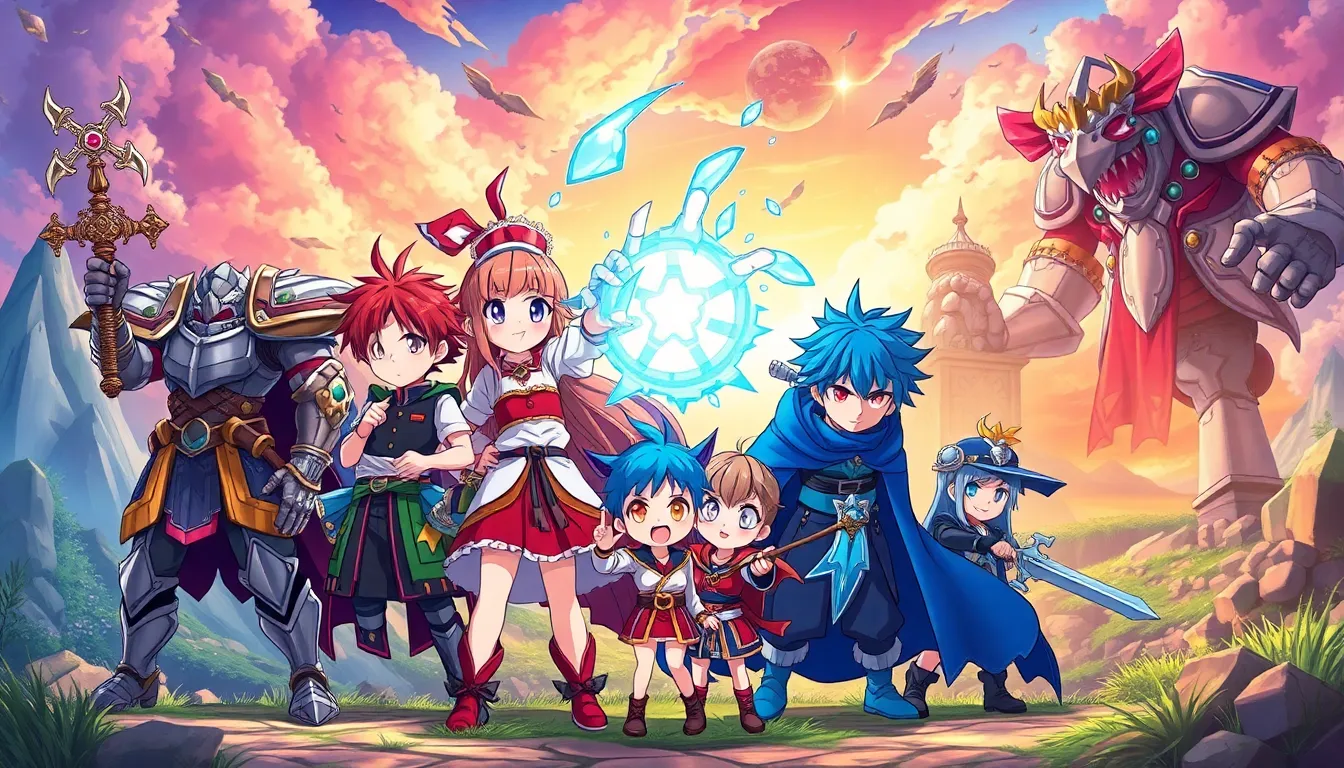
In a world where epic battles and pixelated heroes collide, gaming anime has carved out a unique niche that’s impossible to ignore. Picture this: your favorite video game characters stepping off the screen and into a vibrant universe filled with drama, laughter, and just a pinch of absurdity. It’s like watching a high-stakes tournament where the stakes are your emotional well-being, and the prize is pure entertainment.
Gaming Anime
Gaming anime refers to animated series or films that incorporate themes, characters, and storylines from video games. These adaptations often feature popular game franchises, allowing fans to engage with their favorite characters in new narratives. Viewers experience high-stakes battles and dramatic plotlines, similar to those found in the games. Characters often possess unique abilities that resonate with their video game origins. Rich narratives explore character development, often deepening emotional connections. Settings range from fantastical worlds to futuristic landscapes, providing diverse experiences. Many gaming anime series cater to specific genres, such as action, fantasy, or adventure. Some notable examples include “Sword Art Online,” where players become trapped in a virtual reality MMORPG, and “No Game No Life,” which showcases siblings challenging a game-based world. Visual storytelling enhances gaming anime, utilizing vibrant colors and dynamic animations. The combination of stunning visuals and engaging soundtracks captivates an audience, elevating the viewing experience. As such, many fans appreciate both the artistic quality and the intricate storytelling woven throughout. Collaboration with game developers often occurs in the production of gaming anime. This partnership ensures fidelity to the original game’s essence. Such connections deepen the fan experience and maintain the authenticity of beloved characters. Overall, gaming anime merges the excitement of gameplay with the engaging elements of traditional anime. This combination resonates with audiences, contributing to the growing popularity and cultural significance of the genre.Popular Gaming Anime Series



